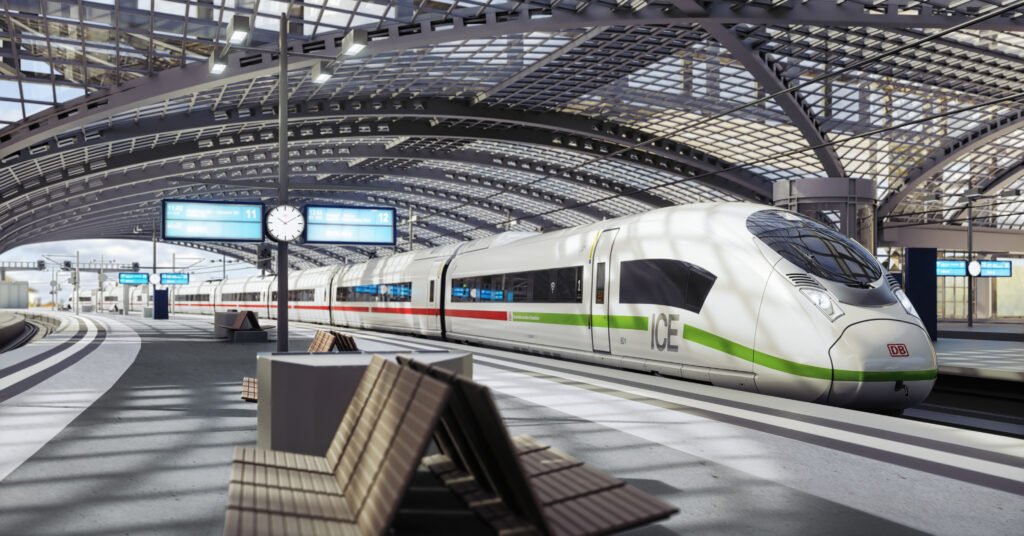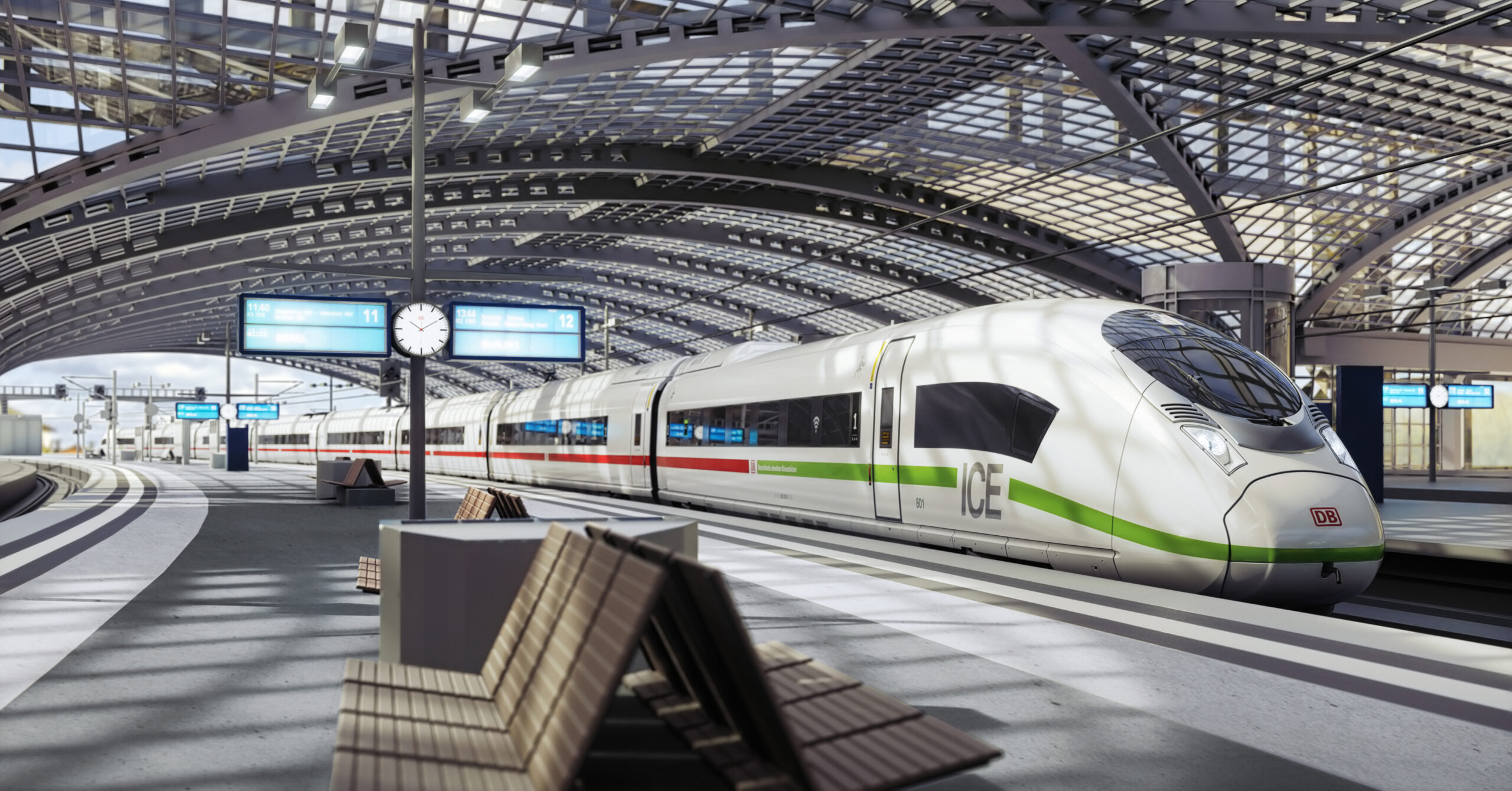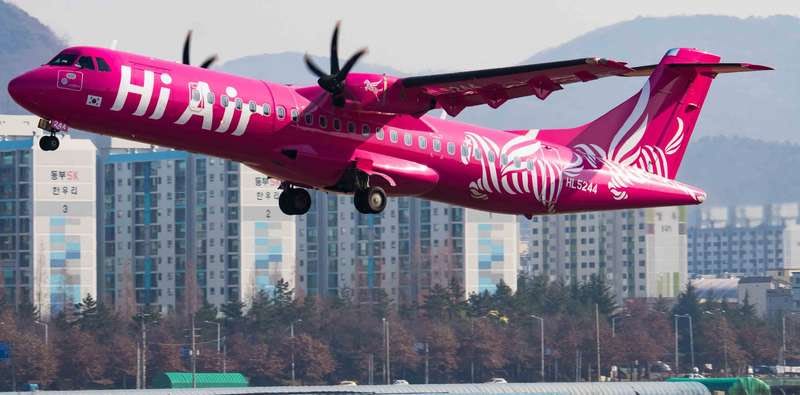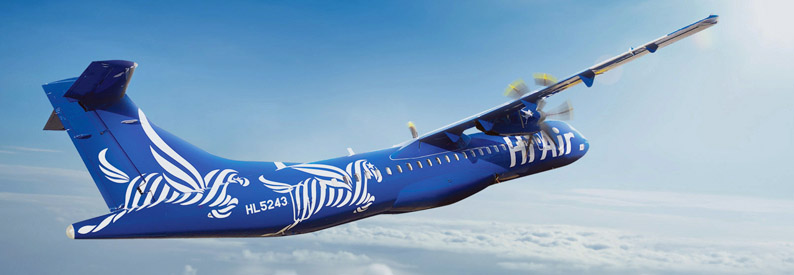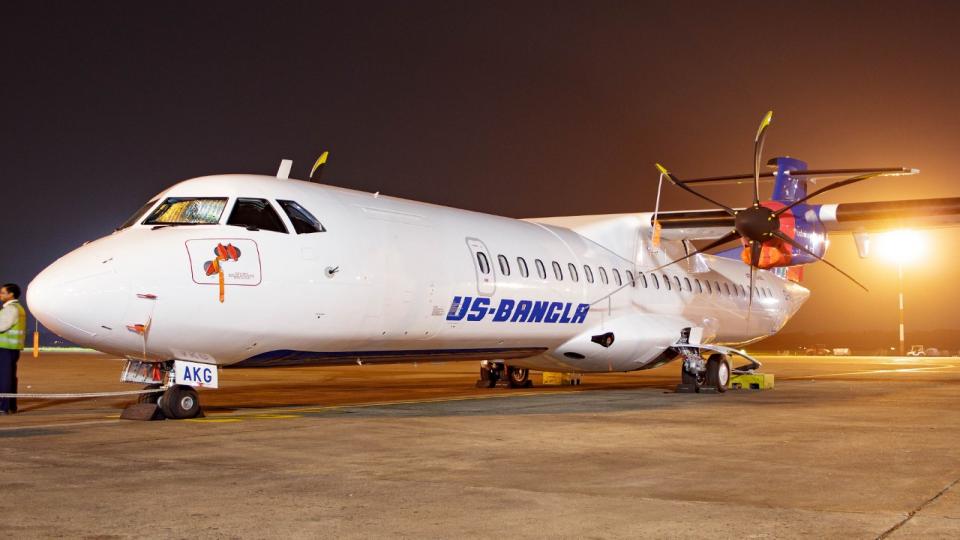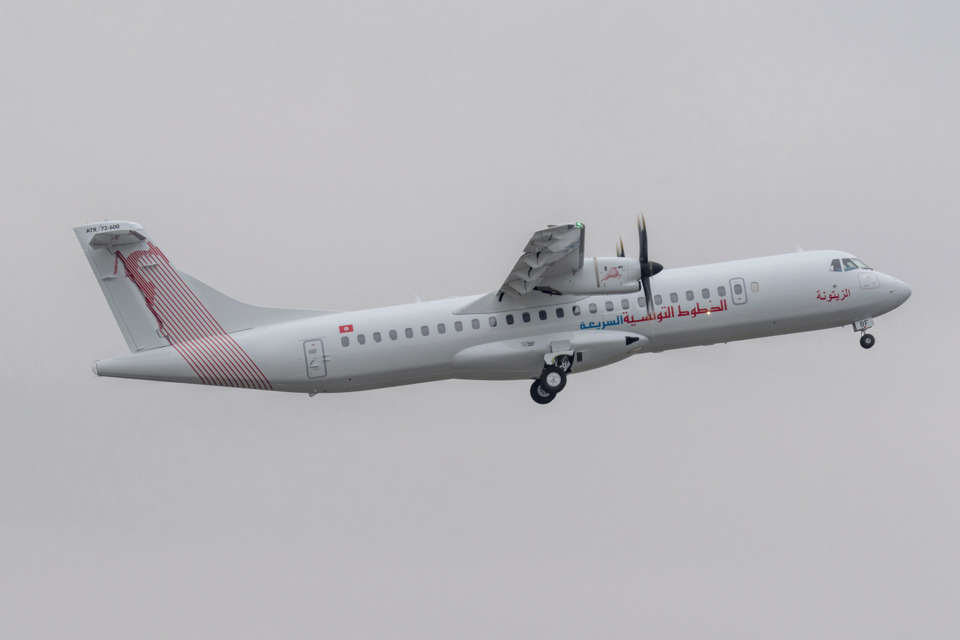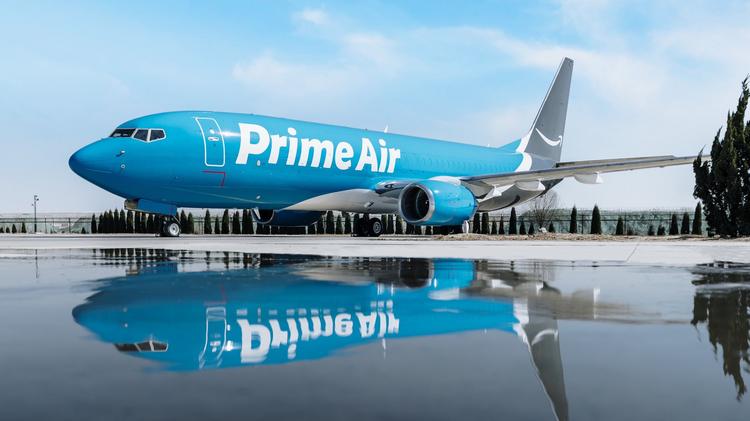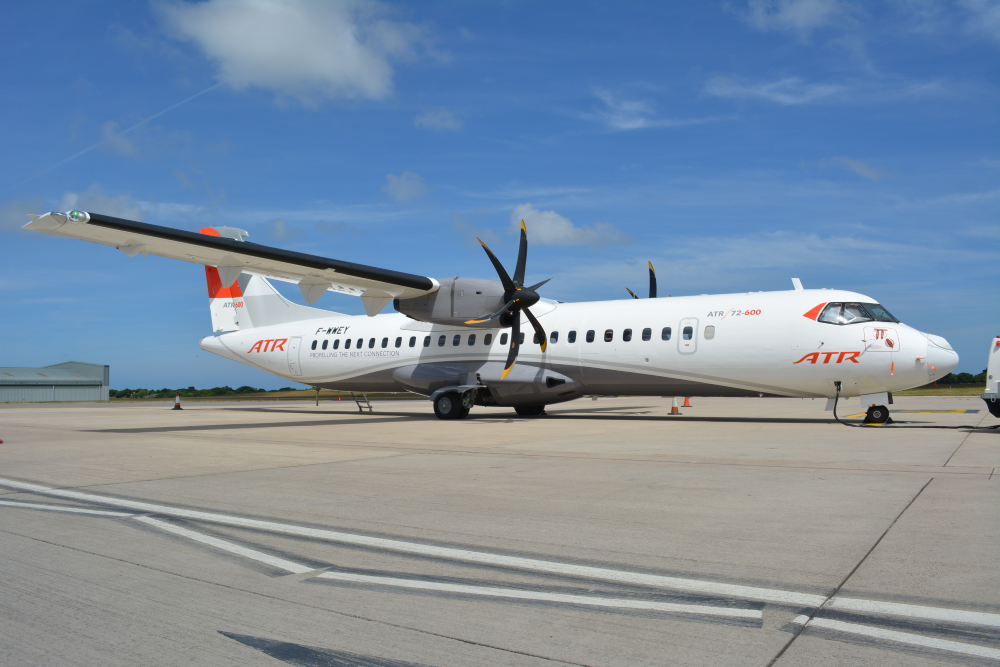Beginning in 2022, DB will expand its mainline fleet with 30 new high-speed trains. Deutsche Bahn has awarded the billion-euro order to Siemens Mobility. DB called for tenders at the end of 2019 when the federal government announced it would be reducing the value-added tax on mainline rail tickets as of the beginning of 2020.
The trains will initially run on routes between the state of North Rhine-Westphalia and Munich via the high-speed Cologne-Rhine-Main line. The new trains will increase DB’s daily passenger capacity on these mainline routes by 13,000 seats.
Dr. Richard Lutz, CEO of Deutsche Bahn AG said: “Today marks a big step for a strong and environmentally friendly rail system: DB is investing in new trains at a record level. Our fleet will be getting state-of-the-art additions with the new ICE trains, and our passengers will benefit from more seats, greater comfort and higher speeds by the end of 2022. The entire DB fleet will grow by 20 percent over the coming years. Even though demand has sharply declined due to the corona pandemic, everything speaks in favor of climate-friendly rail transport for the longer term. That’s why we’re committed to growth!”
Andreas Scheuer, Germany’s Federal Minister for Transportation and Digital Infrastructure, commented: “The new, ultra-modern ICE trains make rail travel even more attractive – also because high-performance high-speed trains, along with modern rail infrastructure, are a key prerequisite for increasing the frequency of nation-wide rail service. With this move, rail is increasingly becoming a climate-friendly alternative for long-distance travel. The order is also a strong economic stimulus and therefore a positive signal for many employees in the rail industry and their families. With an order of this size, we are securing thousands of jobs and strengthening innovations made in Germany.”
“We are helping Deutsche Bahn implement its master plan for transforming Germany’s transport sector. The goal is to massively reduce CO2 emissions while at the same time attracting more people to public transport,” said Roland Busch, Deputy CEO andMember of the Managing Board of Siemens AG. “Siemens and DB have long enjoyed a highly successful partnership. The most important requirement for the ICE order was to get the new trains on the rails very quickly. We can do exactly that by relying on our proven Velaro platform.”
By 2026, 421 ICE trains with 220,000 seats will be operating on Germany’s rail system. In addition to the 30 new ICE trains just ordered, there is an option for an additional 60 trains.
The new ICE trains will be manufactured at Siemens locations in North Rhine- Westphalia, Bavaria and Austria. Technically, the train is based on the proven platform of the ICE 3. The new trains will have 440 seats and a top speed of 320 km/h. They will offer passengers greater comfort and convenience with features like frequency- transparent windows for stable mobile phone reception and space for transporting bicycles.
